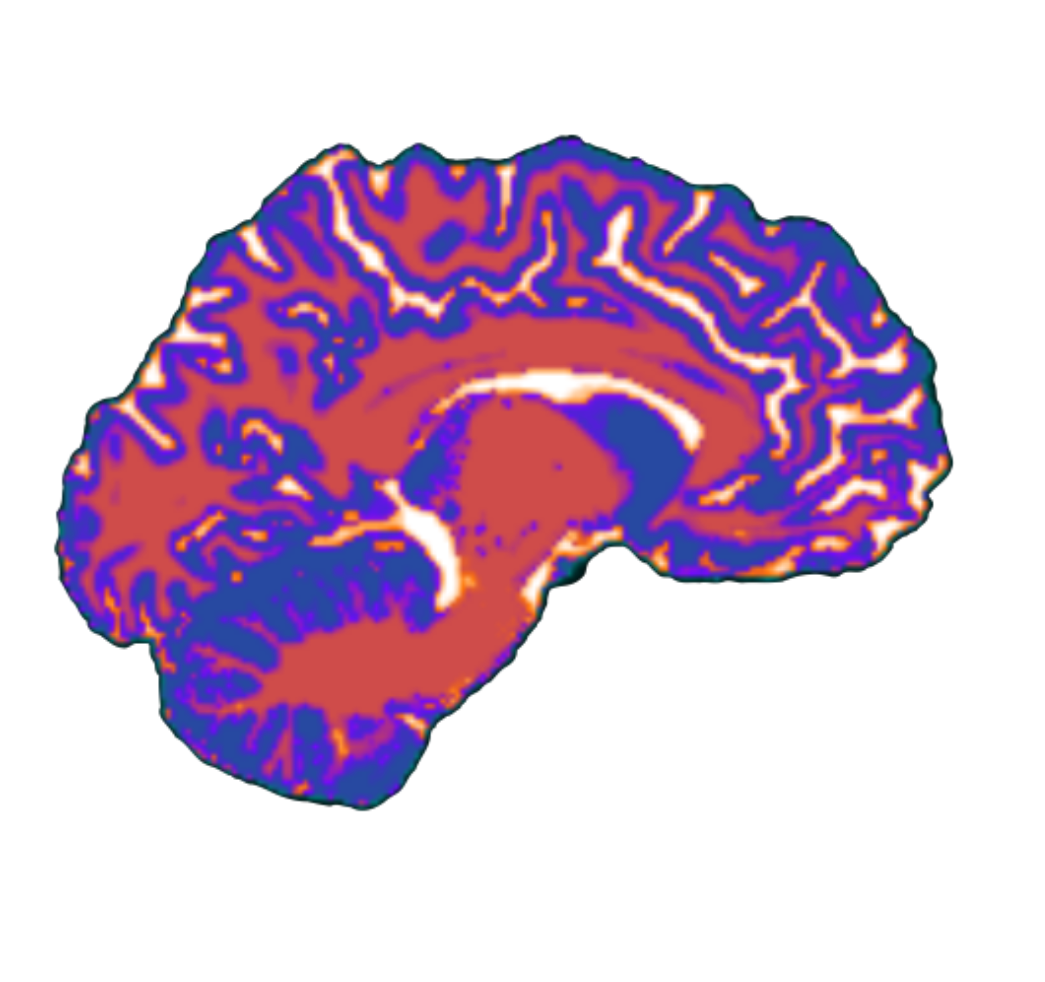Identifying risk factors for self-harm using electronic medical records
Possible questions
- Build computational models using clinical/other characteristics (e.g., previous hospital admissions, comorbidities, cognitive function, diagnoses, immunizations, allergies, medications, other illnesses, demographics) to identify risk predictors for self-harm.
- Based on modeling, do any significant clusters emerge that are dissociable from one another based on clinical features?
Ideas from Quimby et al. 2022
Summary
- aim: examination of the relationship between substance use and impairment and suicidality in an adolescent sample.
- data: self-administered (computerized) assessment evaluating depression, suicide, ptsd, violence, traumatic exposure, bullying, substance use. sample, 14-18 year olds, n=11,623
- methods: binary logistic regression to estimate the odds of reporting current suicidal thoughts or behaviors associated with patient demographics, substance use and substance-related impairment.
- results: increased likelihood of reporting suicidal thoughts if male + history of substance use
Background
- suicide is the third leading cause of death among 10-14 year olds and second among 15-24 year olds, making it a public health epidemic.
- The emergency department (ED) is uniquely positioned to respond to youths at risk for psychiatric distress given that approx 1.5 million youths in the US receive routine car through the ED.
- universal public screening is therefore a public health necessity to ensure that no youths are missed in a complex health care setting.
- there is evidence that asking adolescents about suicide (via suicide screening questions, colombia-suicide severity rating scale) increases identification of youths at risk of suicide, and predicsts subsequent suicide-related hospital visits.
- exploring risk factors (e.g., substance use) may be important to increase the effectiveness of suicide-specific screens used through EDs.
The screening tool (BHS-ED)
- The BHS-ED is an abbreviated version of the behavioral health screen, a standarized, well-validating measure of adolescent behavioral health issues used in nonpsychiatric settings.
- Patients with severe level of injury or illness or cognitive or developmental delay are not offered the BHS-ED, and it is currently only offered to English-speaking patient (representing >99% of adolescent patients served in this particular ED).
- After a patient has completed the BHS-ED, the tool scores and generates a report that is transferred into the EHR for a clinician to review.
Measures
- 26 core items assessing symptoms across 7 major domains (demographics, suicide history and risk, violence exposure, traumatic distress, depression, and substance use) and 32 follow-up items based upon positive endorsements on the core items.
- The BHS-ED scales have demonstrated high internal consistency
Discussion
- adolescents (particularly males) who reported substance use in the past month were more likely to report current suicideal ideation and/or behaviors as were those were were older and male.
- the findings however deviate from past studies which have identified female adolescents as more forthcoming in reporting suicidal thoughts and behaviors.
- many people visit a health care provider in the weeks to months preceding a suicide attempt.
- adolescents are presenting to the ED with a number of psychiatric stressors placing them at risk of self-harm or suicide.
- Thus, suicide screening is warranted as part of standard ED care.
- Detecting suicide risk within a vulnerable patient population, such as adolescents, is the first, not last step in effectively addressing this youth public health issue.
Important Considerations and Future Work
- no qualitiative (interview-based) responses, which makes it difficult to assign directionality of the associations between substance misuse and suicidal thoughts.
